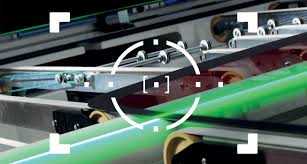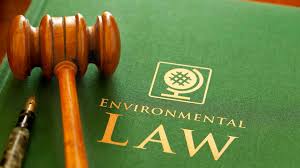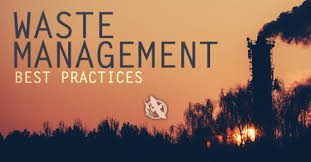Improved Quality Control and Process Monitoring
Steps can be taken to ensure that the number of reject batches is kept to a minimum. This is achieved by increasing the frequency of inspection and the number of points of inspection.
For example, installing automated continuous monitoring equipment can help to identify production problems at an early stage.
Waste Exchanges
This is where the waste product of one process becomes the raw material for a second process. Waste exchanges represent another way of reducing waste disposal volumes for waste that cannot be eliminated.
Ship to Point of Use
This involves making deliveries of incoming raw materials or components direct to the point where they are assembled or used in the manufacturing process to minimize handling and the use of protective wrappings or enclosures.
Read Also : Other Methods/Technologies for Solid Waste Treatment
Classification of Waste Minimization (WM) Techniques
The waste minimization is based on different techniques. These techniques are classified as shown in figure below.

Fig.: Schematic Diagram of Waste Minimization Techniques
Source Reduction
Under this category, four techniques of WM are briefly discussed below:
Good House keeping – Systems to prevent leakages & spillages through preventive maintenance schedules and routine equipment inspections. Also, well-written working instructions, supervision, awareness and regular training of workforce would facilitate good housekeeping.
Process Change: Under this head, four CP techniques are covered:
Input Material Change – Substitution of input materials by eco-friendly (non-toxic or less toxic than existing and renewable) material preferably having longer service time.
Better Process Control- Modifications of the working procedures, machine-operating instructions and process record keeping in order to run the processes at higher efficiency and with lower waste generation and emissions.
Equipment Modification- Modification of existing production equipment and utilities, for instance, by the addition of measuring and controlling devices, in order to run the processes at higher efficiency and lower waste and emission generation rates.
Technology Change- Replacement of the technology, processing sequence and/or synthesis route, in order to minimize waste and emission generation during production.
Recycling
On-Site Recovery and Reuse – Reuse of wasted materials in the same process or for another useful application within the industry.
Read Also : Definition and Waste Minimization/Reduction Process
Production of useful By-product – Modification of the waste generation process in order to transform the wasted material into a material that can be reused or recycled for another application within or outside the company.
Product Modification
Characteristics of the product can be modified to minimize the environmental impacts of its production or those of the product itself during or after its use (disposal).



